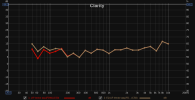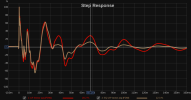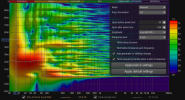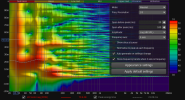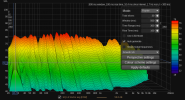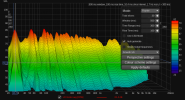MMM curves in the upper range can be more variable esp. if the measurement is done in the nearfield and quite close to the speakers as you really cannot replicate the same spread of movements exactly at every measurement try. So just be cautious at over-interpreting it as something that necessarily needs to be “fixed” yet again. I’d rather just lazily create a copy of the same curve with the filters applied in an overlay view. I would not bother re-measuring.
Influence of room acoustics and positioning explain a huge chunk of what one measures despite having otherwise good speakers. In the studio realm I’ve heard people say that one should allocate half of the budget to room treatment… most people spend money on gear, though.
I’ve been watching some of Matthew Poes’ youtube videos (Poes Acoustics) documenting the effort he is expending on the room itself recently. And he really is spending a LOT of effort there despite using already great speakers.
EQ is going to help, for sure — sometimes quite significantly it would seem — but it’s not going to fix the bulk of the non-linearities that’s mostly occurring (and often hidden/spread throughout the time domain besides the basic FR plots) due to room acoustics.

